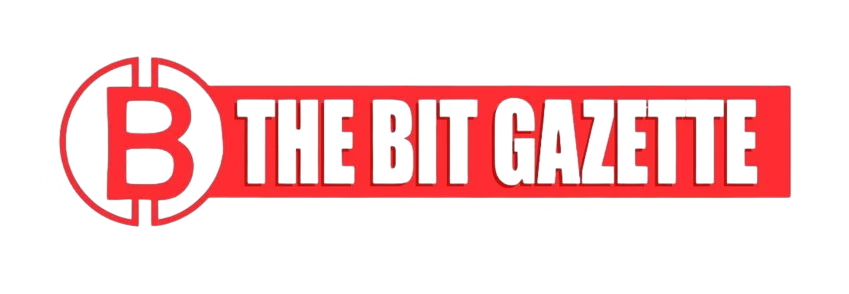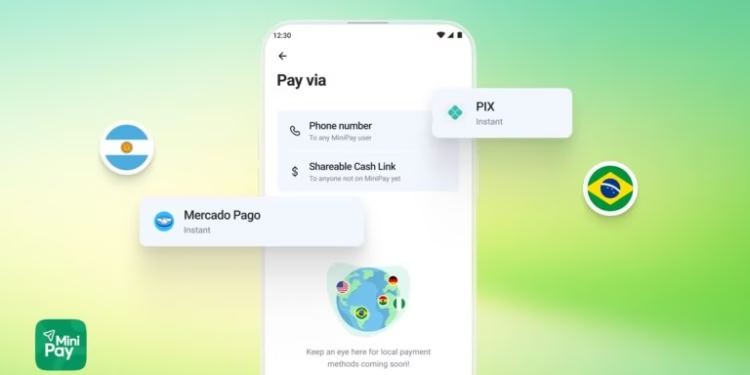Opera’s Minipay wallet now allows users in Argentina and Brazil to spend USDT stablecoins at local merchants through PIX and Mercado Pago integrations.
The feature, announced at Ethereum Devconnect in Buenos Aires, enables instant QR code payments that convert stablecoins to local currency behind the scenes, reaching more than 10 million Minipay users across both countries.
The rollout addresses a longstanding barrier in crypto adoption: the difficulty of using stablecoins for routine purchases. By embedding on-the-spot currency conversion inside the Minipay wallet, Opera removes the need for centralized exchanges, manual swaps or merchant-side crypto literacy.
This progress is designed with mainstream users in mind, especially in Latin American economies where inflation and currency volatility drive demand for stable alternatives. For this reason, the Minipay wallet integration with PIX and Mercado Pago represents one of the most tangible use-cases of stablecoins to date.
How the integration works
The new “Pay like a local” feature allows shoppers to open the Minipay wallet, scan any participating merchant’s QR code, and settle the transaction in USDT. Behind the scenes, infrastructure provider Noah performs instant conversion so merchants receive Argentine pesos or Brazilian reais without needing to handle crypto at all.
Opera confirmed that full QR support for PIX will be rolled out soon. According to the company, its objective is to ensure that the Minipay wallet can interact seamlessly with the most widely used payment solutions in the region.
Explaining the move toward everyday usefulness rather than speculation, Opera’s Director of Global Communications Julia Szyndzielorz said the new phase reflects a broader shift in crypto’s role. She noted that PIX alone is used by more than 76% of Brazil’s population, while Mercado Pago reaches nearly 70% of Argentines, making the Minipay wallet a practical bridge to systems people already trust.
“‘Pay like a local’ will be expanding into other markets in the future,” — Julia Szyndzielorz, Director of Global Communications, Opera, in an interview.
This emphasis on utility aligns with Opera’s strategy for the Minipay wallet, which has grown steadily since its launch on Celo.
Why stablecoin spending is gaining momentum
Across Latin America, stablecoins continue to see strong adoption due to economic uncertainty. By giving users a familiar way to pay, the Minipay wallet helps translate crypto’s advantages—particularly dollar-denominated stability—into an accessible retail experience.
Szyndzielorz emphasized that crypto’s next chapter is driven by usability rather than trading hype. “The move reflects a focused shift in crypto’s direction, away from speculation and toward real-world utility,” Julia Szyndzielorz, Opera, speaking to CoinDesk.
That shift is evident in the mechanics: users no longer need to withdraw funds or juggle multiple apps. Instead, the Minipay wallet serves as a single gateway from stablecoin holdings to real-world transactions.
Expansion beyond Argentina and Brazil
As Opera positions the Minipay wallet as a regional payment tool, new partnerships are emerging to support expansion. MiniPay is working with El Dorado, AlfredPay and Paytrie to build reliable on- and off-ramps across Latin America and Canada.
This development suggests a broader transformation in how digital assets move through consumer markets. With each new integration, the Minipay wallet narrows the gap between crypto and everyday finance, making stablecoin transactions as intuitive as traditional mobile payments.
The company has also signaled that additional markets will soon gain access to the “Pay like a local” functionality, suggesting a long-term vision in which the Minipay wallet becomes a universal tool for stablecoin spending.











